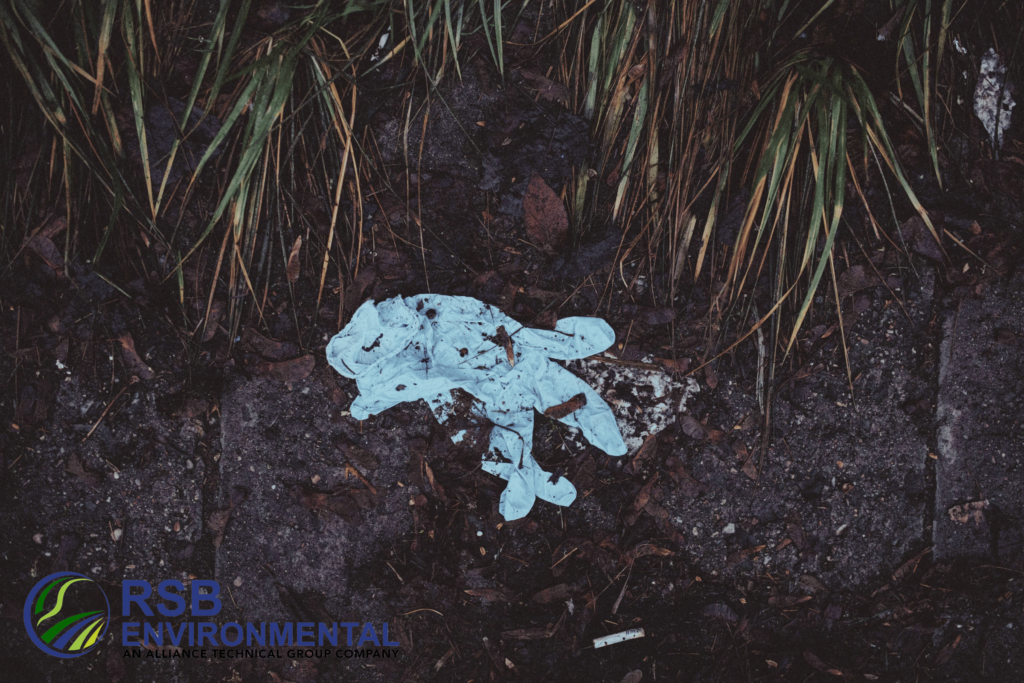Common Environmental Risks That Real Estate Agents Should Watch For in a Phase 1 ESA
When real estate agents navigate property transactions, environmental risks may not always be top of mind. However, these risks can significantly impact property values, client trust, and transaction timelines. Understanding and addressing environmental risks through a Phase 1 Environmental Site Assessment (ESA) is crucial for smooth property transactions. Here, we’ll explore the most common environmental risks and how real estate agents can manage them effectively.
1. Soil Contamination
Soil contamination is a major environmental risk that can result from previous industrial activities, improper waste disposal, or chemical spills. Contaminated soil can pose health risks to future occupants and require costly remediation efforts. During a Phase 1 ESA, experts assess past land use and records to identify potential contamination sources. Real estate agents should always prioritize properties with clean environmental histories to protect their clients.
2. Water Pollution
Water contamination can stem from nearby industrial facilities, agricultural runoff, or leaking underground storage tanks. Polluted water sources not only harm the environment but can also devalue properties. A Phase 1 ESA involves investigating the proximity of properties to potential sources of water pollution, ensuring that clients are informed of any red flags early in the process.
3. Hazardous Materials (Asbestos and Lead)
Properties built before the 1980s often contain hazardous materials like asbestos and lead-based paint. These materials pose health risks, particularly during renovations or demolitions. A thorough Phase 1 ESA identifies the presence of these materials, allowing real estate agents to guide their clients toward safer and more informed decisions.
4. Underground Storage Tanks (USTs)
Underground storage tanks, often used for storing fuel or chemicals, can leak harmful substances into the soil and groundwater. USTs are common in older commercial or industrial properties, and their presence can delay or derail a transaction. A Phase 1 ESA evaluates whether USTs exist on a property and assesses their potential impact on the environment.
5. Flood-Prone Areas
Flooding is a growing concern in many regions due to climate change. Properties located in flood-prone areas are at a higher risk of structural damage and insurance complications. A Phase 1 ESA includes an evaluation of a property’s flood risk, enabling agents to advise clients accordingly and avoid costly surprises.
Why Phase 1 ESA is Essential for Real Estate Agents
Conducting a Phase 1 ESA not only uncovers environmental risks but also builds trust with clients by demonstrating due diligence. It ensures transparency in transactions and helps clients make informed decisions about their investments. By proactively addressing potential liabilities, real estate agents can protect their clients and their reputations.
Practical Tips for Real Estate Agents
- Collaborate with a reputable environmental consulting firm, like RSB Environmental, to conduct Phase 1 ESAs.
- Review historical property records and zoning changes to identify possible environmental concerns.
- Educate clients on the importance of environmental assessments and how they safeguard investments.
- Stay updated on local environmental regulations and risk factors.
FAQ Section Common Environmental Risks in Real Estate
- What is a Phase 1 Environmental Site Assessment (ESA)?
-
- A Phase 1 ESA is a report that identifies potential environmental risks associated with a property by evaluating historical records, site inspections, and surrounding areas.
- Why is soil contamination a concern for real estate agents?
-
- Soil contamination can pose health risks, lower property values, and require expensive remediation. Identifying this risk early is essential for protecting clients.
- How do underground storage tanks affect property transactions?
-
- Underground storage tanks can leak hazardous substances into the soil and groundwater, leading to environmental liabilities and delaying transactions.
- Can a Phase 1 ESA identify all environmental risks?
-
- A Phase 1 ESA identifies potential risks through research and site inspections. If concerns are found, further investigation through a Phase 2 ESA may be recommended.
- What should I do if a Phase 1 ESA reveals environmental risks?
-
- If risks are identified, consult with environmental experts to evaluate the severity and explore mitigation options. Transparency with clients is key to maintaining trust.
Call to Action: Request Your Free Risk Checklist Today
Take the first step in ensuring smooth and transparent property transactions. Contact RSB Environmental at info@rsbenv.com to request your Free Risk Checklist and stay ahead of environmental challenges in real estate. Protect your clients and close deals with confidence. Request Now! Common Environmental Risks in Real Estate




